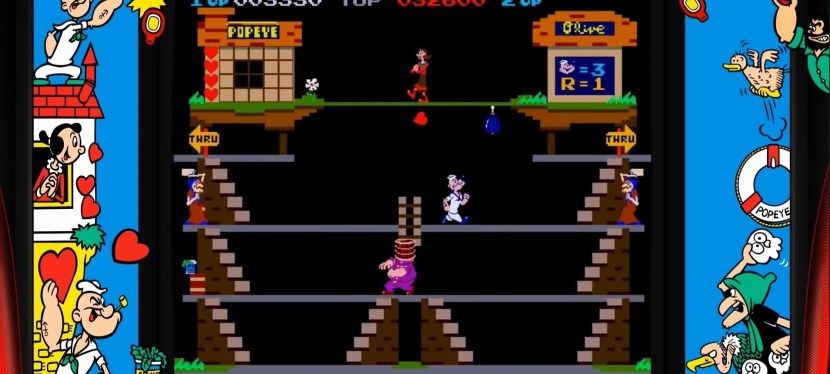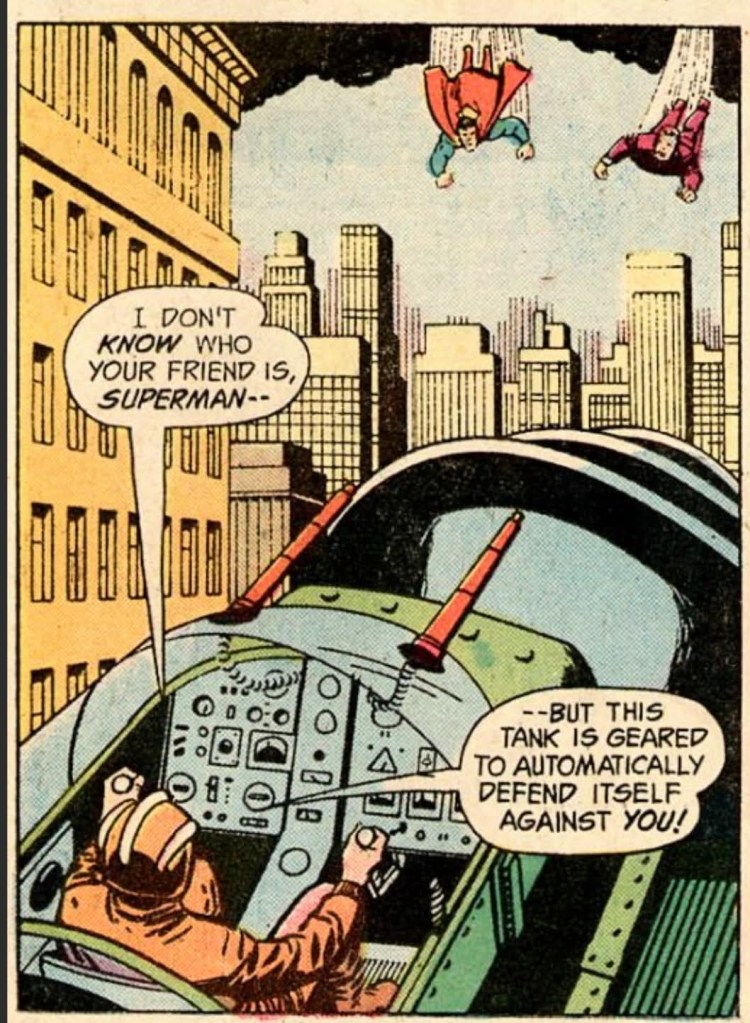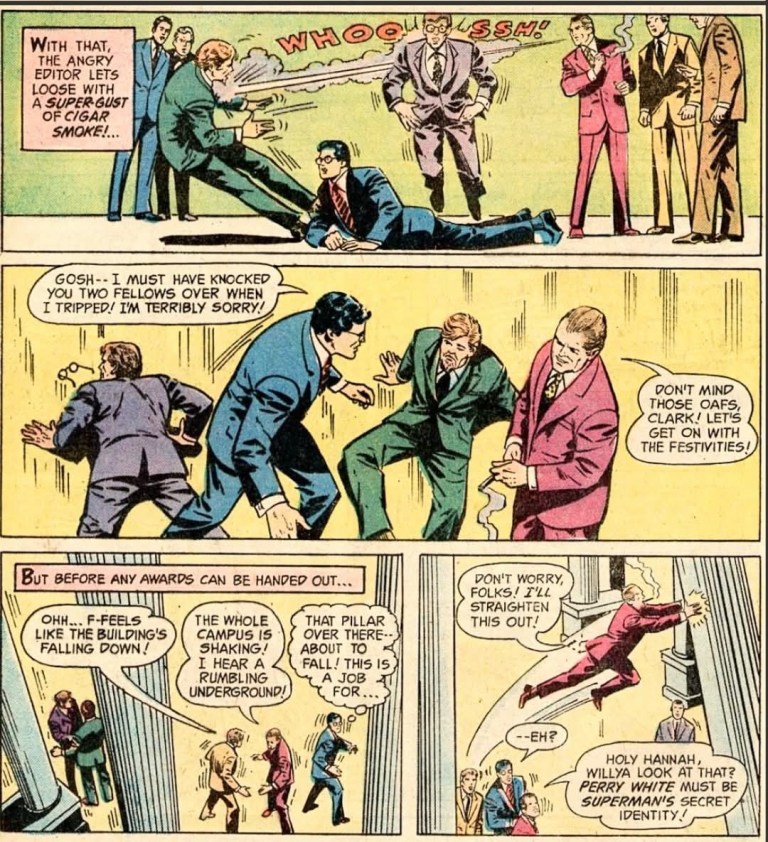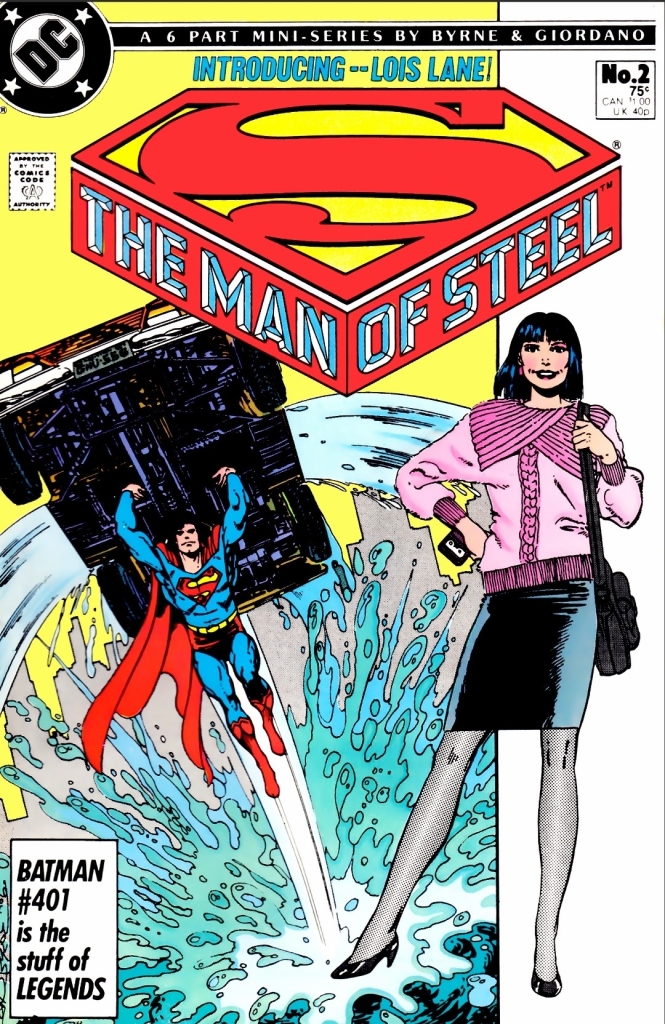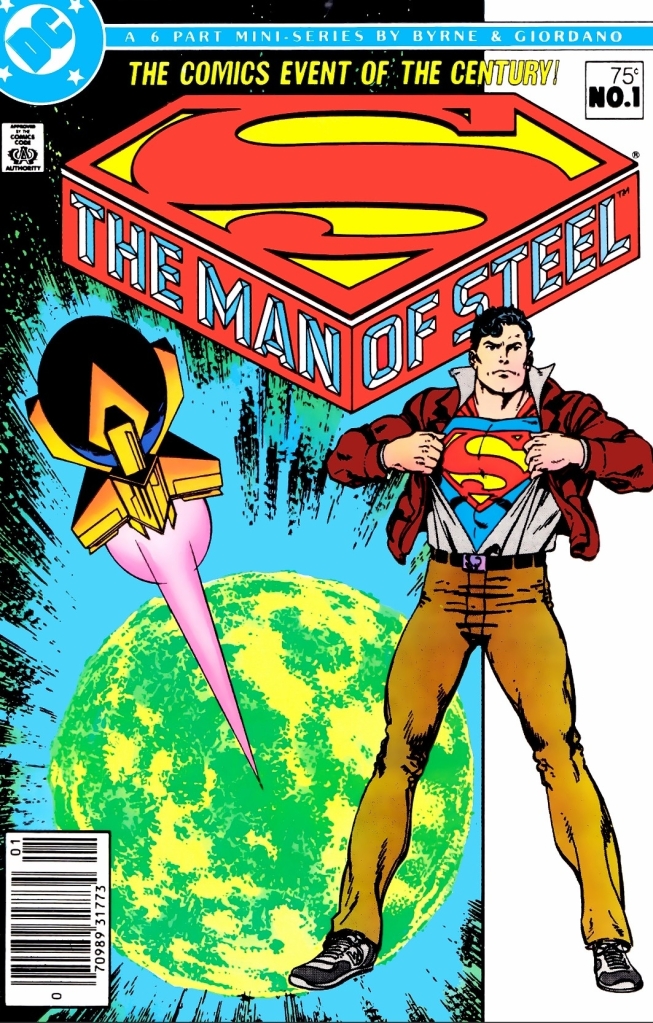Welcome back my readers, YouTube viewers and all others who followed this series of articles focused on YouTube videos worth watching. Have you been searching for something fun or interesting to watch on YouTube? Do you feel bored right now and you crave for something to see on the world’s most popular online video destination?
I recommend you check out the following videos I found.
#1 PatmanQC examines Popeye video games – Were you able to play the classic Popeye arcade game from Nintendo in the early 1980s? How about the other video games that featured Popeye the Sailor Man? Indeed, the American icon Elzie Crisler Segar had a presence in video games and I was fortunate enough to play a Popeye game on Nintendo Entertainment System (NES) a long time ago. To find out more about how Popeye went from cartoons and literature to video games, and what led to the production of the arcade game by Nintendo, watch the in-depth retrospective video below by the late PatmanQC.
#2 You, Me and the Movies react to Suburban Commando – In recent times, the famous Hulk Hogan passed away at age 71. Apart from being very famous as a wrestler, he also made his presence felt in movies with such films like Rocky III, No Holds Barred, Suburban Commando and more. Recently, You, Me and the Movies posted its reaction video about Suburban Commando and it is entertaining to watch.
#3 Foreigners love all-you-can-eat in Japan – If you will visit Japan as a tourist, how much food do you plan to eat? Recently there is a trend in which foreigners, specifically tourists from different countries, visiting the all-you-can-eat restaurants in Japan and it is not surprising that such images or details are spreading over social media. If you are interested in food and where to eat in Japan, watch the video below.
#4 Superman Dean Cain joins ICE – Immigration matters, particularly the presence of illegal immigrants, are still hot topics in American society. In recent times, the famous television Superman Dean Cain made the crucial to join the United States Immigration and Customs Enforcement (ICE) and help in the effort to apprehend illegal immigrants (who are always supported by Democrats, the terrorists, the criminals, the woke and Satanic Leftists) and deport them. To learn the details about the latest move of the star of Lois & Clark: The New Adventures of Superman, watch the Sky News Australia video below. I also added Minty Comedic Arts trivia video of Lois & Clark for those who want to learn more about the series and Dean Cain’s work.
#5 Twilight Zone: The Movie revisited – When I was a young boy, I saw a preview of Twilight Zone: The Movie on TV before it opened in local cinemas. I only got to watch it on cable TV in the 1990s and replayed it on DVD some years later. The 1983 movie, which had short stories crafted by different directors (including Steven Spielberg and George Miller), is indeed flawed yet a focused attempt by the filmmakers to get people involved with the decades-old Twilight Zone franchise as a whole. That being said, I encourage you to watch the selected Twilight Zone: The Movie videos below.
+++++
Thank you for reading. If you find this article engaging, please click the like button below, share this article to others and also please consider making a donation to support my publishing. If you are looking for a copywriter to create content for your special project or business, check out my services and my portfolio. Feel free to contact me with a private message. Also please feel free to visit my Facebook page Author Carlo Carrasco and follow me on Twitter at @HavenorFantasy as well as on Tumblr at https://carlocarrasco.tumblr.com/ and on Instagram athttps://www.instagram.com/authorcarlocarrasco


